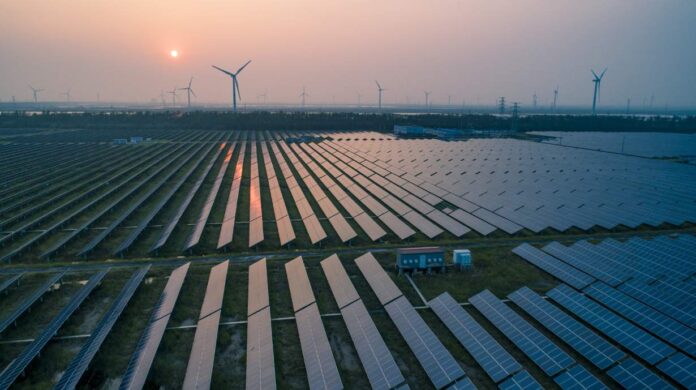Verizon chief sustainability officer believes that technology companies have a unique and heightened responsibility to curb climate change
Verizon announced seven new Renewable Energy Purchase Agreements (REPAs), which add up to approximately 910 megawatts (MW) of projected renewable energy capacity. According to James Gowen, senior vice president of supply chain operations and chief sustainability officer at Verizon, the company’s renewable energy strategy is about “additionality,” and this, he claimed, is a significant differentiator.
“It is not about going out and buying green RECs [Renewable Energy Certificates] that already exist,” he told RCR Wireless News. “We want to make sure we are greening the grid and greening it with new, additional activity.”
The REPAs put the company on track to achieve its goal to source or generate renewable energy equivalent to 50 percent of its total annual electrical consumption by 2025. Renewable energy is just one piece of Verizon’s larger sustainability plan, which Gowen said includes the ambitious goal of being net-zero in its operations by 2035 by reducing its Scope 1 and Scope 2 emissions. When it comes to Scope 3, the company is focused on reducing operational emissions by 53% by 2030 and then its value chain scope 3 by 40% by 2035.
Scope 1 emissions refer to direct emissions from owned or controlled sources, Scope 2 covers indirect emissions from the generation of purchased electricity, steam, heating and cooling consumed and Scope 3 includes all other indirect emissions that occur in a company’s value chain.
The new projects include a facility in the Electric Reliability Council of Texas (ERCOT) regional market that is expected to be fully operational in late 2023; two facilities in the Pennsylvania Jersey Maryland (PJM) Interconnection regional market that are expected to be fully operational in late 2023; and a facility in the California Independent System Operator (CAISO) regional market that is expected to be fully operational in mid-2024.
“Our biggest impact is energy […] Energy is what drives our data centers and our networks, so that’s why we’ve put our focus here,” Gowen said. “It’s all solar and wind because that’s the greenest we have. We’ve looked at natural gas, and we’ve done some things there. It’s good, but I only look at it as being about 45% better than brown energy.”
Gowen believes that Verizon and other technology companies have a unique and heightened responsibility to curb climate change.
“I’d say we are probably responsible for the biggest enabling role in changing the way the world really lives sustainability with things like 5G and IoT and sensors,” he continued, adding that things like more efficient parking, preventing water pipe leaks, irrigation and remote work are just a few examples of how sensors and advanced connectivity work to lead to a more sustainability society.
“There are so many opportunities for technology companies — more than any other industry out there, I believe — to really change the way the world works,” he said.
With the latest seven, Verizon now has a total of 20 REPAs. which span 11 states and have a projected capacity of approximately 2.6 GW. They are anticipated to enable the avoidance of over 4.8 million metric tons (MT) of CO2 annually, according to estimate calculated using EPA Greenhouse Gas Equivalencies Calculator.

